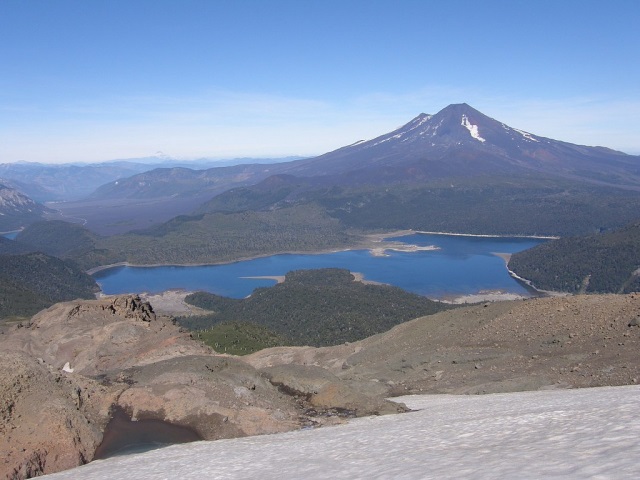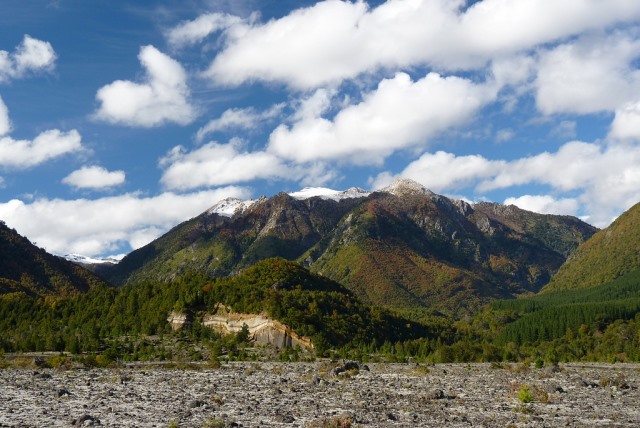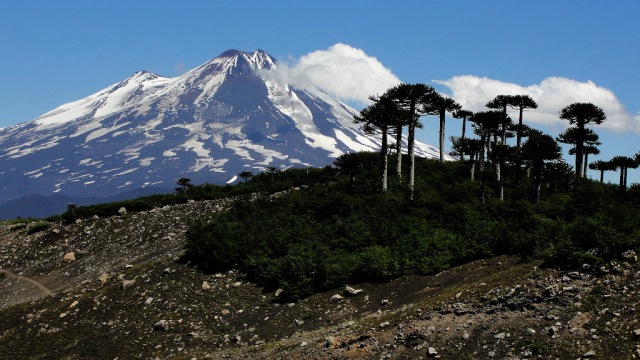Sierra Nevada
Key information: Sierra Nevada 
- A challenging multi-day trek through Chile's dramatic, snowy Sierra Nevada, with views over the lakes of Conguillio NP towards lofty Volcan Llaima, and reaching out in all directions across the Patagonian Andes.
- Those limited by time or ability can make this into a relatively straightforward return walk, turning back after soaking in the outstanding panoramas of the Sierra Nevada Lookout.
- This is a tough walk in remote mountains, on which you may have to be self-sufficient. Come prepared.
- ANYONE GOT ANY GOOD PHOTOS? WE WOULD BE DELIGHTED TO POST THEM!
Walkopedia rating
- Walkopedia rating85.5
- Beauty34
- Natural interest17.5
- Human interest0
- Charisma34
- Negative points0
- Total rating85.5
Vital Statistics
- Length: 34km
- 3 days
- Level of Difficulty: Strenuous
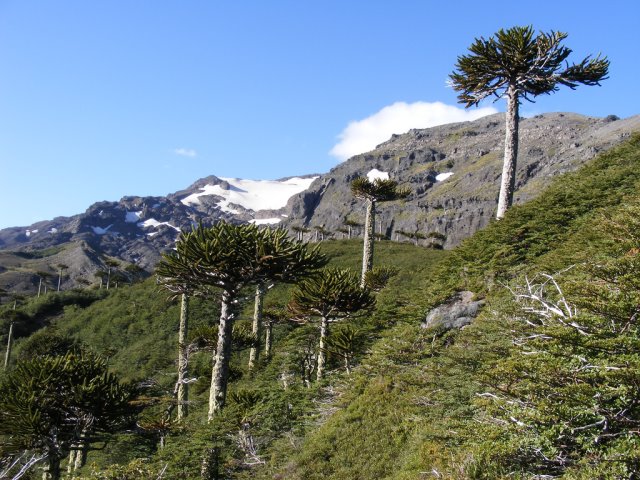
WALK SUMMARY
Perhaps not as grand and famous as their eponymous Californian counterparts, but with some outstanding trekking nevertheless, the highlight of this Chilean alternative is a dramatic walk with views reaching across the Patagonian Andes in all directions.
These rough, glaciated, basalt slabs rise from the northern shores of lovely Laguna Conguillio, a lake formed when the channel of the Rio Traful-Traful was blocked by lava flows, and their ridges and peaks provides excellent views across its waters to the lofty Volcan Llaima. Lower slopes are coated in a thick, ancient forest, made up primarily of Araucaria trees; as you climb onto the more exposed higher levels vegetation stunts and disappears, giving way to a permanent frozen snow.
The walk can start from the administration centre, or from the parking lot further east at Playa Linda, both on the southern shore of Laguna Conguillio. A northeasterly climb up forested slopes, and out onto more exposed rock, brings you to a lookout point with spectacular views. These look back across the lake to Llaima, but they also stretch out in every direction - as far as Villarrica and Quetrupillan in the south, and Lanquimay in the north. For those making a day walk (7-10 hours return), turn back here and retrace your steps.
From here on in the terrain is difficult, and following the trail a real challenge. If you are experienced and confident enough to give it a try, then follow the route in the 1998 edition of Lonely Planet's Trekking in the Patagonian Andes, by Clem Lindenmayer.
The trail involves careful clambering down steep slopes into gullies and canyons, crossing several temperamental streams and climbing Cerro Sapo, the highest peak in the Sierra Nevada. This hard-going 5km can take up to 9 hours.
Two possible routes make up the third and final stage of the walk, depending on where you want to finish. Following the track towards Puente Manchuria, to meet the main road between Curacautin and Lonquimay, is the slightly shorter option, with best public transport options. On the other hand, the trek following the Rio Blanco to meet the main road between Curacautin and Conguillio is slightly more interesting.
Most will prefer to hike the return trek to the Sierra Nevada Lookout, which provides stunning views as well as an excellent opportunity to explore the primordial forests of this beautiful national park. The longer walk to the Rio Blanco is an adventurous alternative, but is both isolated and full of dangers. As ever, make sure you are fully prepared before setting out
Another great walk in the Sierra Nevada is Above Laguna Conguillio, which gets to the Sierra Nevada Lookout from a different start point.
For more information and photos, including detailed practical information and some warnings, see our Conguillio NP walk page.
Other accounts: share your experiences
Your comments on this walk, your experiences and suggestions, and your photos are very welcome. Where appropriate, you will be credited for your contribution.
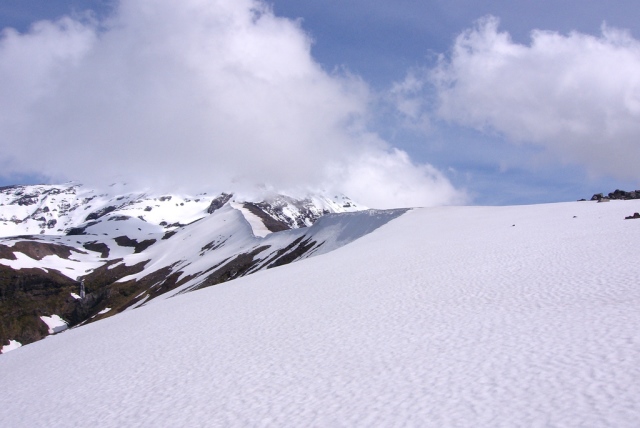
Safety and problems: All walks have inherent risks and potential problems, and many of the walks featured on this website involve significant risks, dangers and problems. Problems of any sort can arise on any walk. This website does not purport to identify any (or all) actual or potential risks, dangers and problems that may relate to any particular walk.
Any person who is considering undertaking this walk should do careful research and make their own assessment of the risks, dangers and possible problems involved. They should also go to “Important information” for further important information.
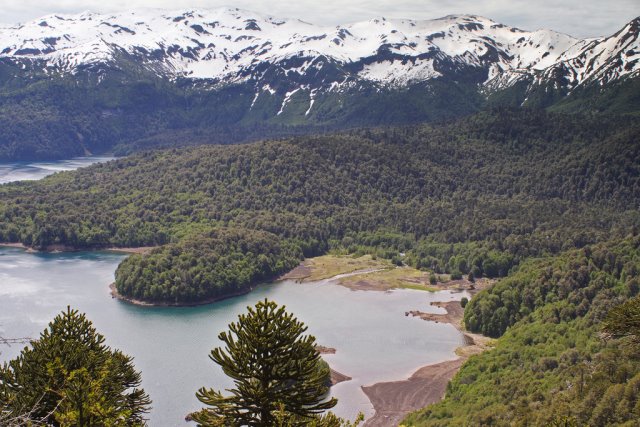
Anyone planning an expedition to this place should see further important information about this walk.
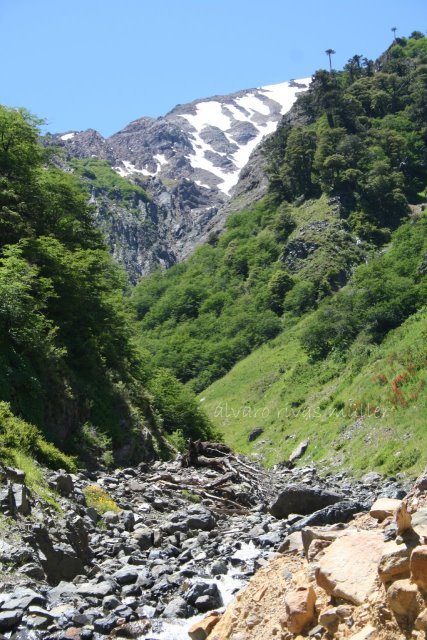
Responsible travel matters, a lot. How you travel will make a real difference - for better or worse. PLEASE consider this when making plans. Read more



